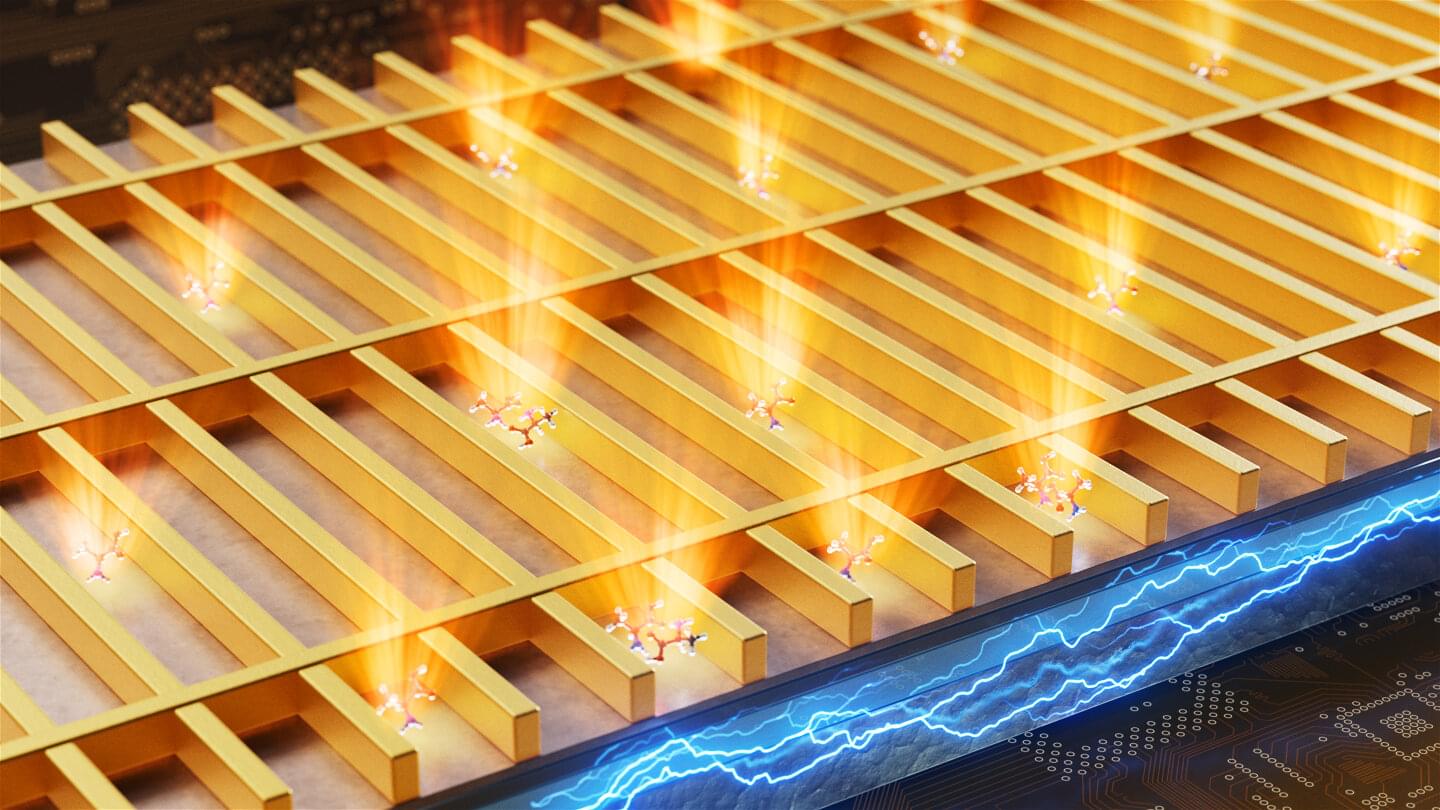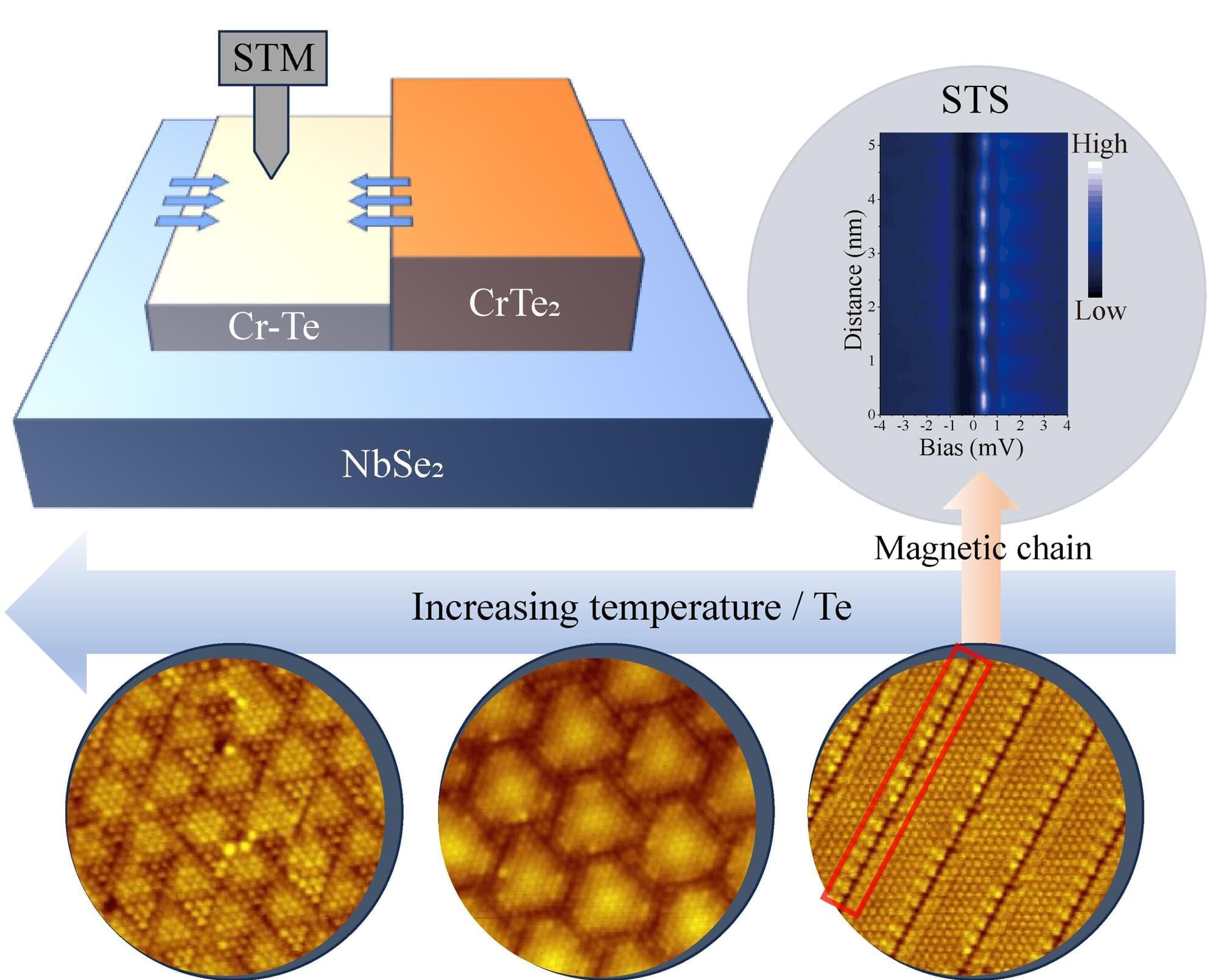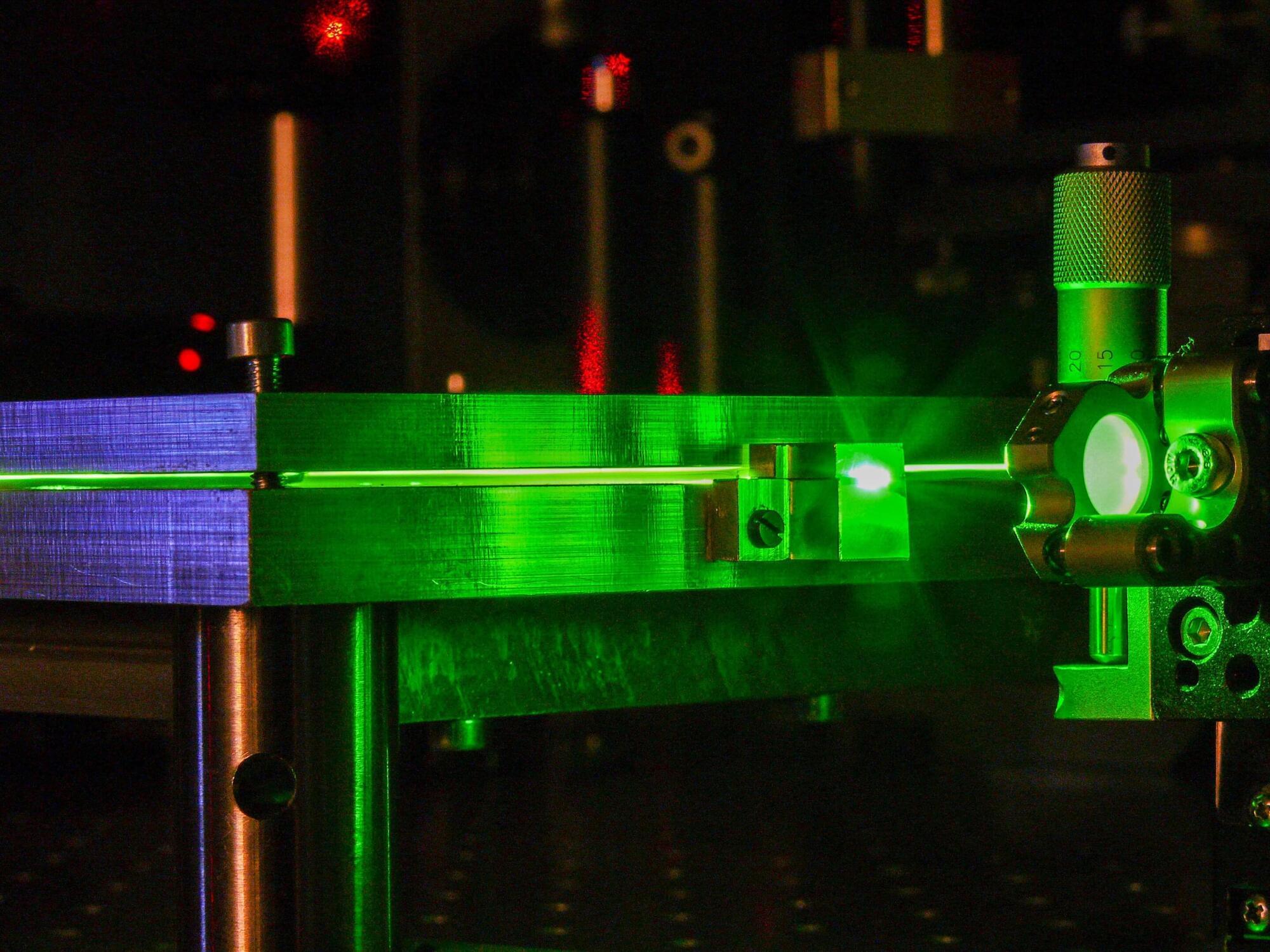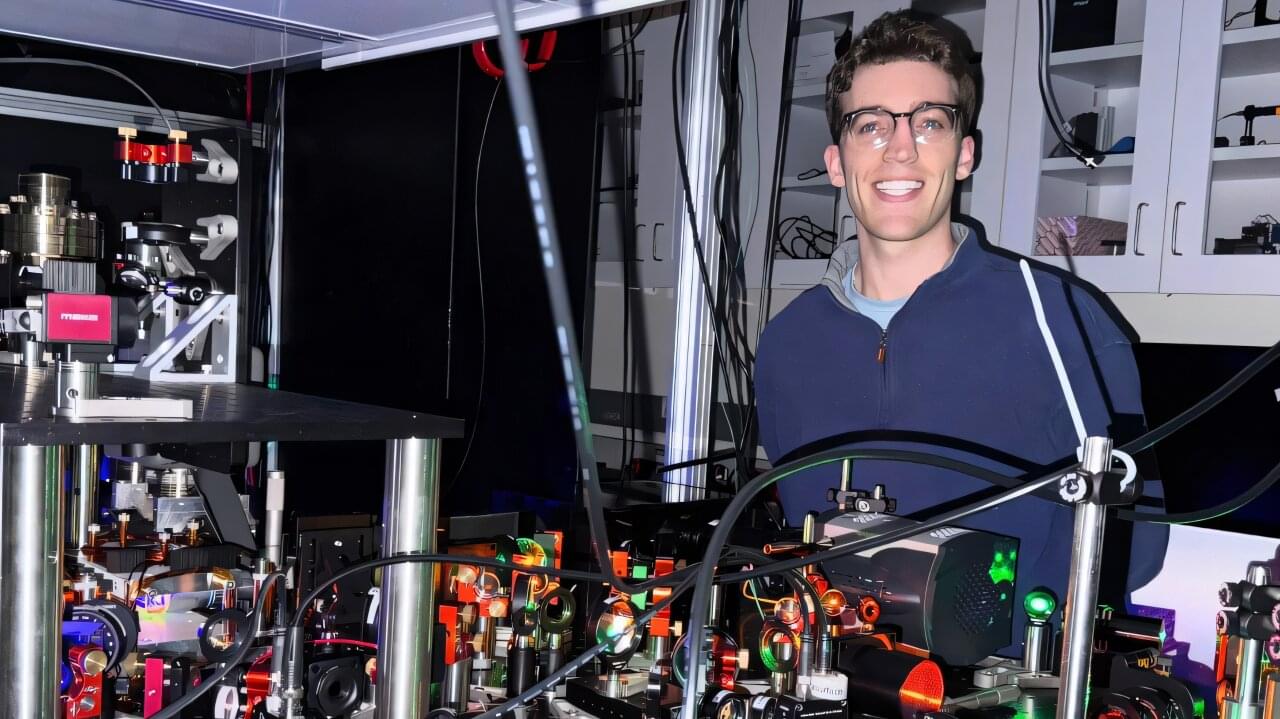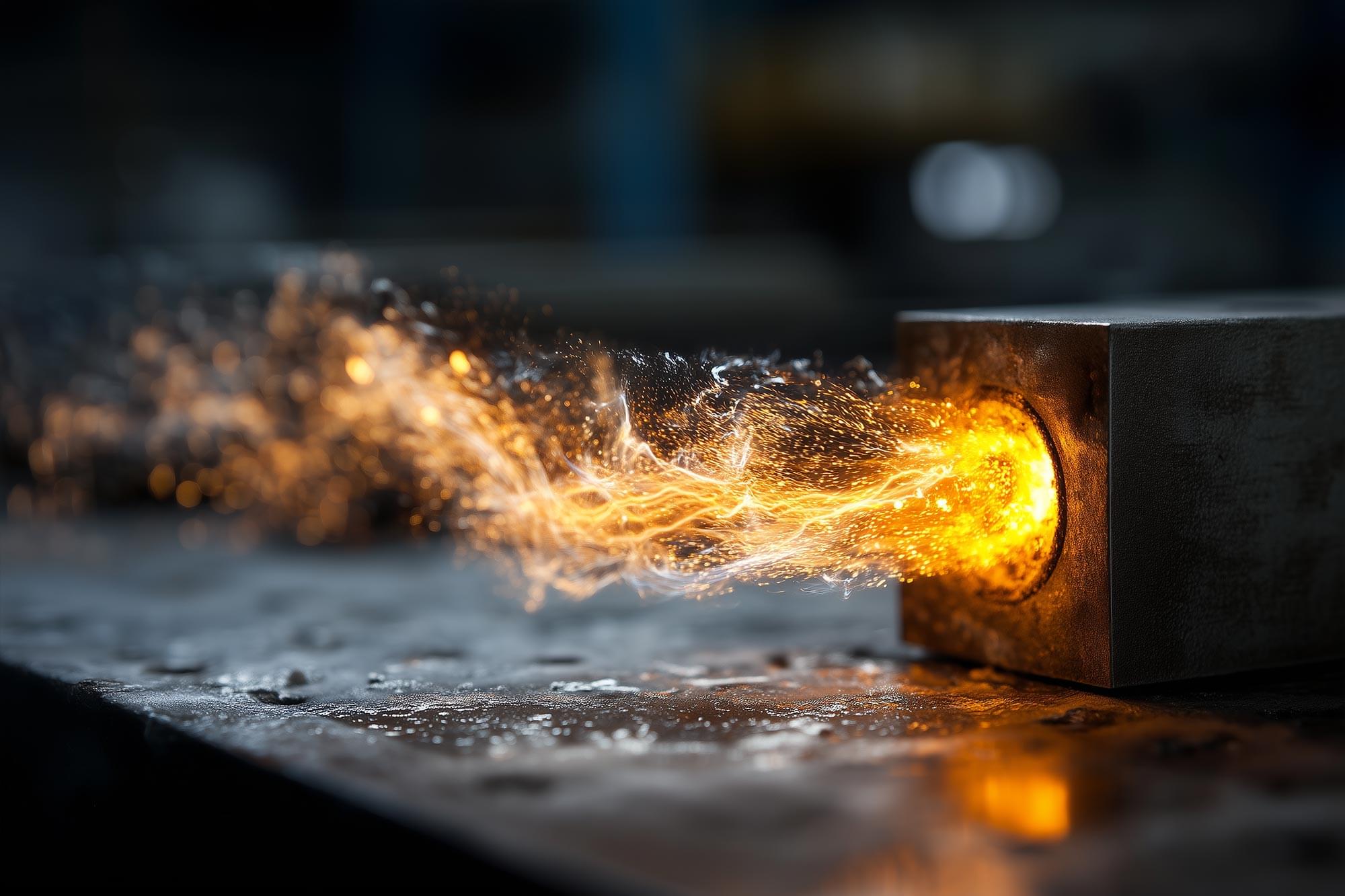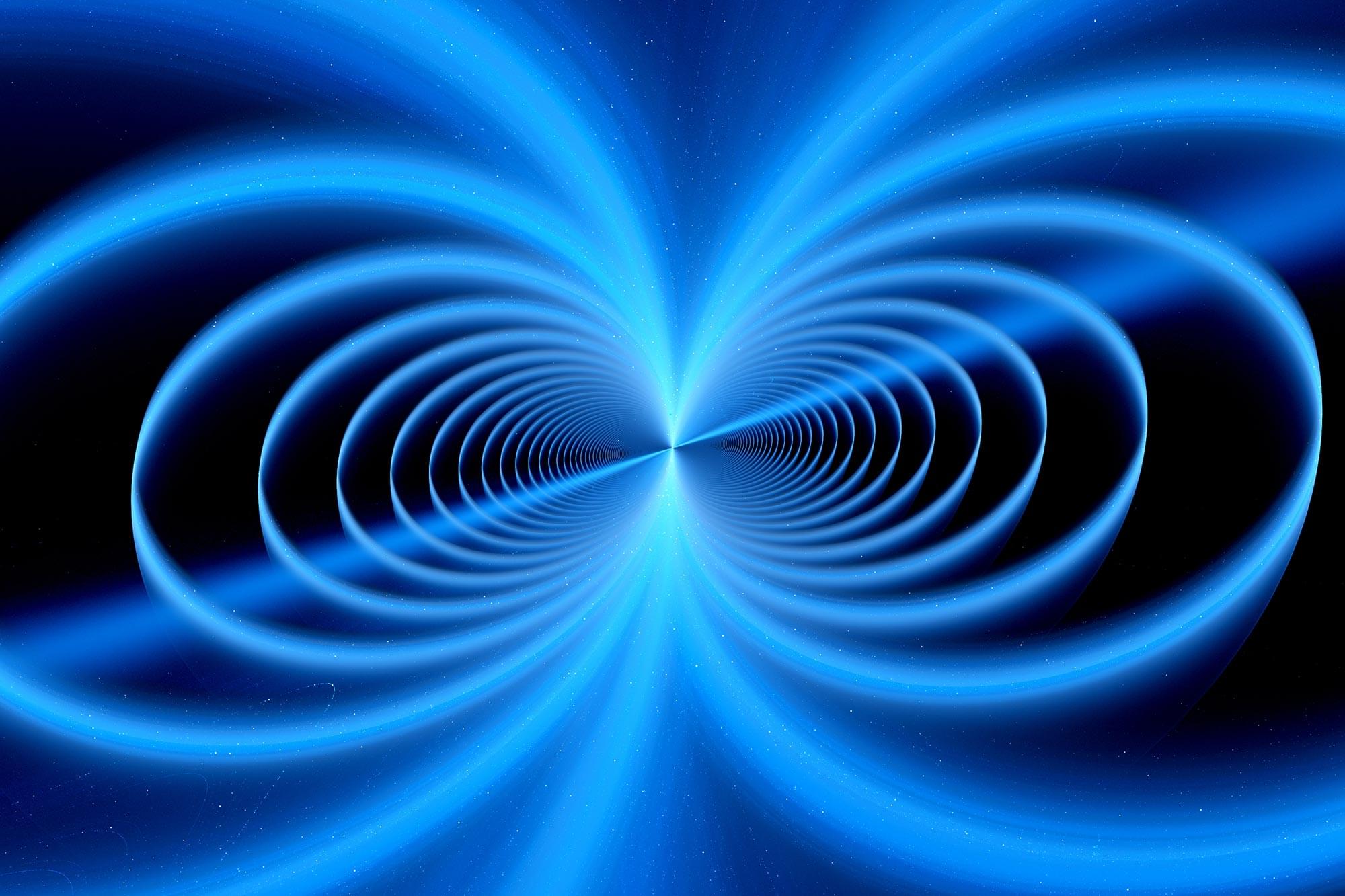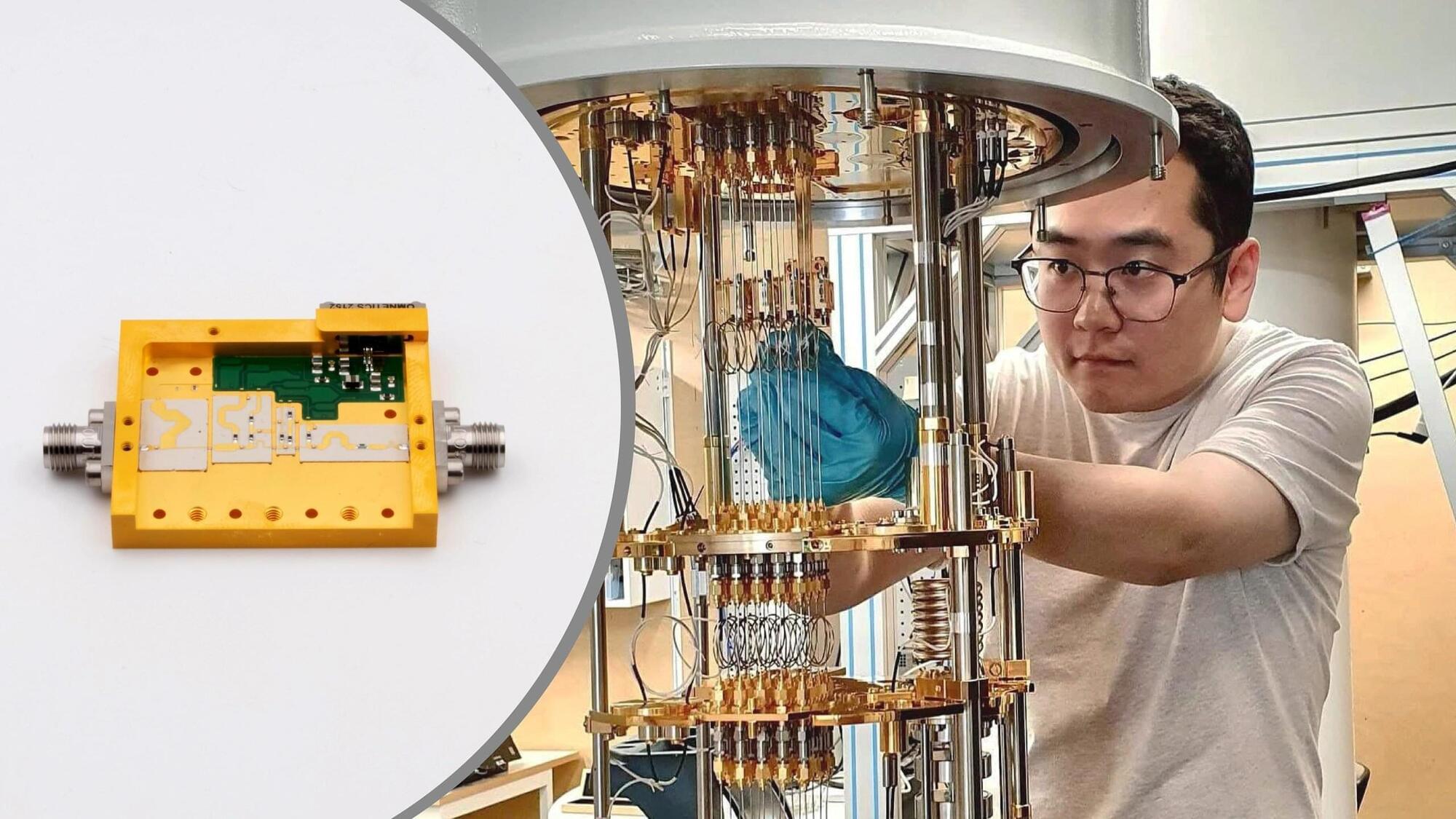“Sleeping on it,” especially dropping deeper than a doze, might help people gain insight into certain kinds of tasks, according to a study published in PLOS Biology by Anika Löwe and colleagues.
Humans sometimes find that they have a sudden “eureka” moment on a problem they’ve been working on, producing sudden insight or breakthroughs. Scientists have yet to have their own “aha” moment of insight on how it might work, though sleep appears to play a role.
To better understand how sleep might lead to insight while problem-solving, the authors of this pre-registered study asked 90 people to track a series of dots across a screen. The participants were given instructions about a seemingly simple task that merely involved responding to the dots on a keyboard, but the instructions left out a trick that could make the task easier.


